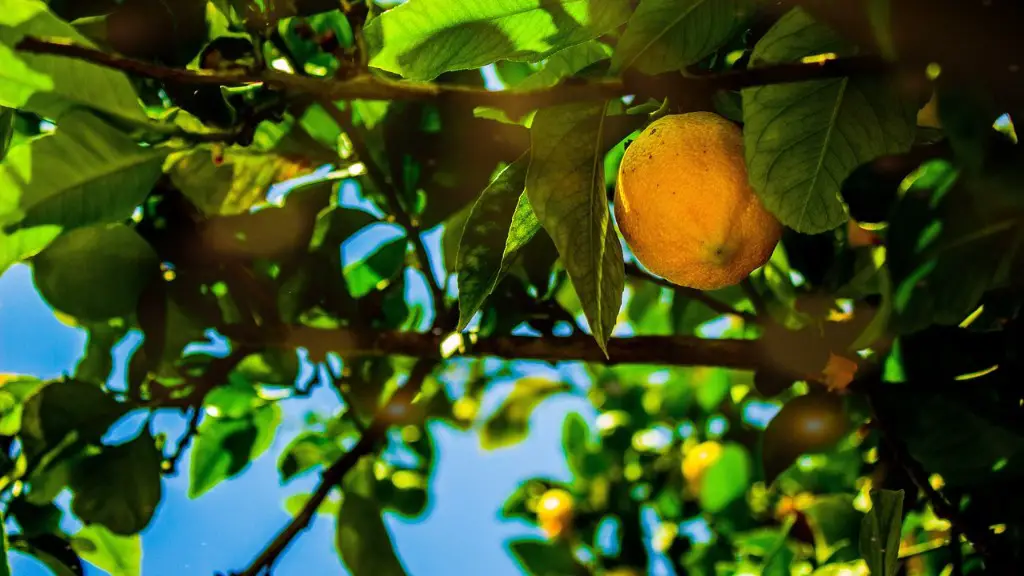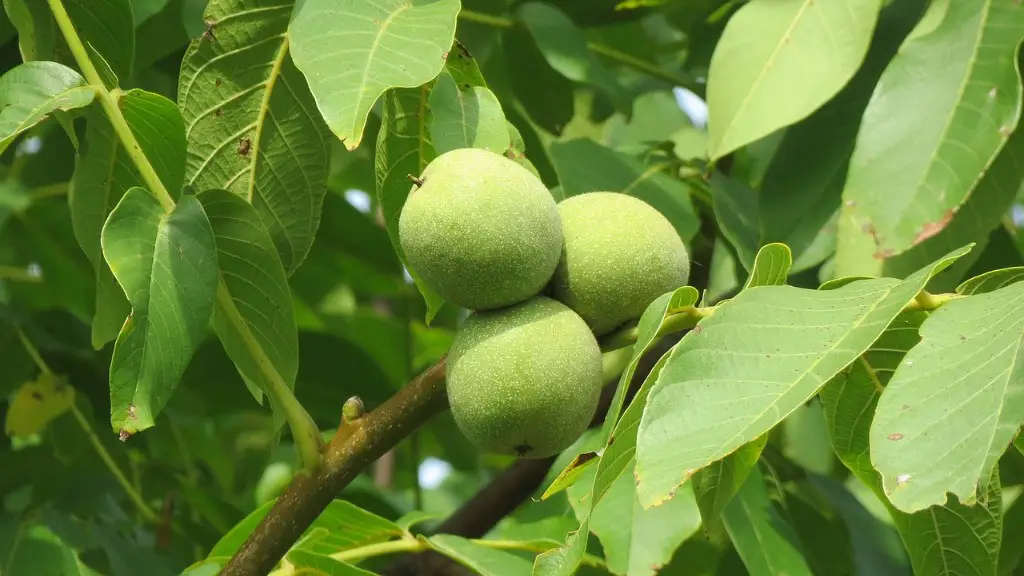Correct Pruning Time
Palm trees require pruning as part of their maintenance, depending on the variety and climate. However, the key is to identify when the pruning needs to be done. Generally speaking, pruning should take place in late winter or early spring before the new growth begins. It is important to remember that important pruning should not be done in the summertime, as this can cause stress to the tree. To ensure the health of the tree, it is recommended that you have a certified arborist or landscaping professional provide pruning services to maintain your palm tree in proper condition.
Selective Trimming
Before attempting to prune a palm tree, it is important to assess the tree and determine which areas need to be trimmed. Generally speaking, most palm trees need occasional tidying up and shaping by means of selective trimming. This is the removal of old or diseased fronds, brown tips, and flower stems. Selective trimming should only be done if it is necessary, and never removed more than one-third of the total foliage from the tree. A good rule to follow is to prune off brown and discolored fronds if more than one-third of the tree appears to be affected.
Correct Pruning Procedures
When pruning a palm tree, it is important to follow correct pruning procedures. Care should always be taken to avoid leaving any jagged or sharp edges on the trunk and fronds, as these can lead to wounds that could be open to disease or parasites. Additionally, palm trees should always be pruned at a slight angle, taking care to ensure that the frond is removed in one smooth motion. Special attention should be taken to ensure branches are cut at the joint, or the point where the branch meets the trunk. It is important to avoid cutting the branch off at the mid-point, as this could cause damage to the tree. It is also important to make sure that no more than one-third of the total foliage is removed.
Tools and Protective Gear
When pruning a palm tree, it is important to use the correct tools and protective gear. Depending on the size and condition of the tree, hand shears, pruning saws, or telescopic pruners may be necessary. Additionally, it is important to wear protective gear such as glasses, gloves, and a face mask in order to avoid any injury.
Mulching and Fertilizing
Once the pruning is completed, it is important to mulch and fertilize the tree in order to ensure optimal health. Mulching helps to protect the roots from extreme temperatures, while fertilizer will provide the palm tree with the necessary nutrients to promote proper growth and health.
Removing Dead Palm Trees
If a palm tree has been severely damaged or has died, it should be removed as soon as possible. This should be done by a certified arborist or landscaping professional in order to ensure that the tree is removed without causing any additional damage.
When to Call a Professional
Prune palm trees require a certain level of expertise in order to ensure that they stay in optimum health. Pruning a palm tree requires knowledge of the correct time, techniques, and tools necessary to complete the job. For this reason, it is often recommended that homeowners call a certified arborist or landscaping professional to ensure that the job is completed correctly.
Diseases and Pests
Palm trees can be susceptible to various diseases and pests. This is why it is important to inspect the tree regularly in order to identify any signs of disease or infestations. If any signs of disease or pests are noticed, it is advisable to seek professional help immediately in order to avoid further damage to the tree.
Identifying Palm Trees
When pruning a palm tree, it is important to identify the species and take into account its different requirements. Each species of palm tree may require different pruning techniques, so it is important to research the species before attempting to prune it. Additionally, it is important to take into account the climate and conditions of the area in which the palm tree is growing, as this will determine the type of pruning needed in order to keep the tree healthy.
Signs of Overpruning
When pruning palm trees, it is important to be aware of the signs of overpruning. These can include wilting of the fronds, yellowing, and stunted growth. If any of these signs are noticed it is important to take corrective action immediately in order to maintain the health of the tree.
Stages of Pruning
Pruning a palm tree is a process that should be completed in stages. The first stage is to assess the tree and determine which areas need to be pruned, followed by the actual pruning, protective gear, and pruning techniques. The last stage is the post-pruning maintenance, which includes mulching and fertilizing the tree.
Ensure Proper Pruning Equipment
When pruning a palm tree, it is important to ensure that the right equipment is used. This includes hand shears, pruning saws, and telescopic pruners, as well as protective gear such as glasses, gloves, and a face mask. It is also important to use a step ladder in order to reach higher branches.
Steps to Avoid Injury
It is important to take steps to avoid injury when pruning a palm tree, such as avoiding contact between the skin and chemicals found in the tree, avoiding working on wet or slippery surfaces, and ensuring that there is a clear barrier for anyone working near the tree. Additionally, it is important to avoid overreaching when using tools and ladders, as this can be dangerous.
Essential Aftercare
Once the pruning is complete, it is important to provide essential aftercare for the palm tree. This includes regular watering, mulching, and fertilizing in order to ensure that the tree remains healthy. Additionally, it is important to inspect the tree regularly in order to identify any signs of disease or infestations that may require professional attention.



